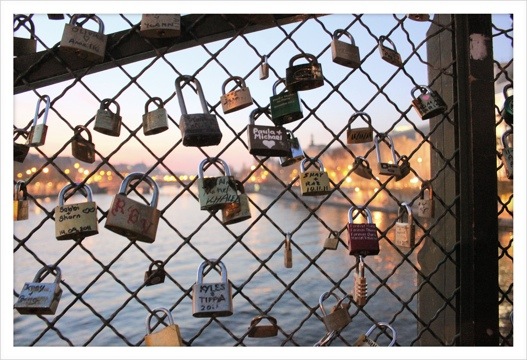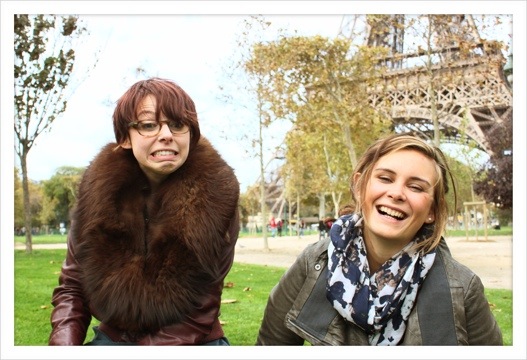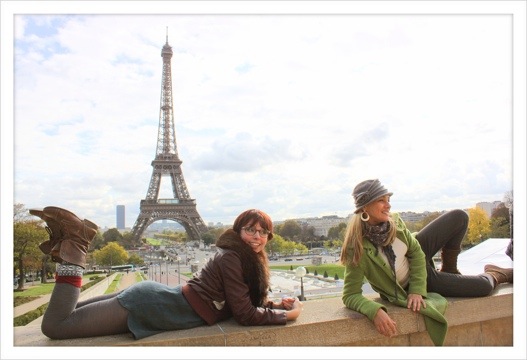Can we learn from Clarksville
Clarksville was originally established as the first freedman’s town west of the Mississippi. A plantation owner, Pease, gave his favorite slaves land in this area to establish their lives post Civil War and to meet up with lost friends and families. Clarksville was a center of African American culture in Austin, where the first Black newspaper was established, churches, and schools were built. The construction of Mopac and rising property taxes have since driven out original families of the area, and in have moved upper middle class, generally white families.
The construction of Mopac is one of the strongest causes of the deterioration of the Black neighborhood. It was built where it would slice directly through the heart of Clarksville, an example of structural racism. Soon, businesses and new development were driving up the cost of property taxes. If you’ve ever been to Clarksville, it is apparent that the original culture, houses, and race of the neighborhood have changed dramatically.
I work at Zocalo Café, a small Mexican restaurant at the center of current day Clarksville. I’ve begun to know the regulars of the area, and can say that the number of minorities I see is near zero on a daily basis. The families of the area are young, white, college graduates who are generally new to the neighborhood. I actually had no idea that Clarksville was one of the first black neighborhoods in Texas until I began researching gentrification in Austin. The remnants of the culture are almost non-existent.
Unfortunately, based on the history of Clarksville, this is probably the future of East Austin. If I knew how to combat this problem, I’d express it right about…. HERE. But obviously I do not. This blog entry is more of just a prediction based on an earlier precedent on the direction East Austin is heading. Austin should provide protection to these families by locking property taxes where they are currently. At least allowing the opportunity to stay. Will this solve the problem? No, as local businesses will also see a rise in prices and the lifestyle will most definitely change.
More on Clarksville:
http://www.historicclarksville.org/history.htm
























